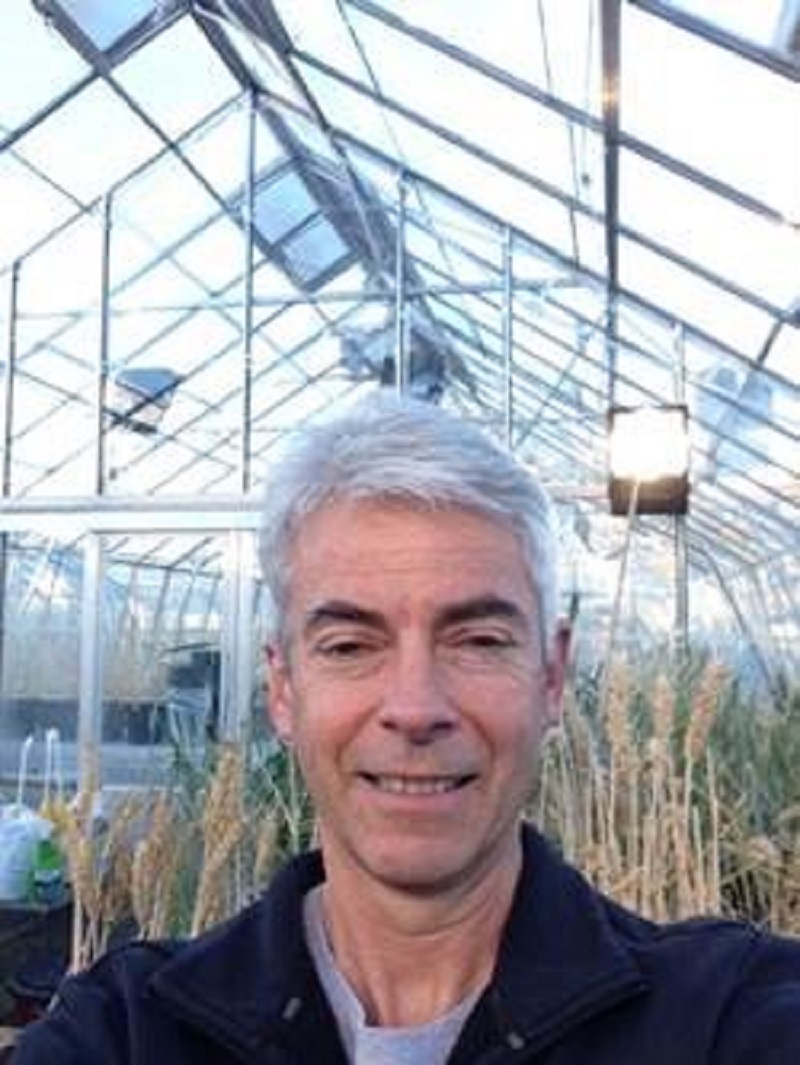PS Webinar Series: Figuring out Stumpy- getting to the root of the problem
In a screen for root mutants of wheat we targeted long hairs as a desirable trait to improve the efficiency of phosphate uptake from soil.
Speakers
Event series
Content navigation
Description

Abstract - In a screen for root mutants of wheat we targeted long hairs as a desirable trait to improve the efficiency of phosphate uptake from soil. After developing a simple and rapid screen we found Stumpy as mutant with long root hairs. Stumpy is a semi-dominant mutant and although has long root hairs it has greatly reduced root length which is not a desirable trait for a plant searching the soil for phosphate. Nevertheless, we reasoned understanding the basis for Stumpy would give insight into functioning of a key gene involved in regulating root morphology of wheat. Stumpy turned out to be a conditional mutant with Ca2+ concentration controlling the phenotype. In this seminar I’ll outline the physiology, genetics and identification of a candidate gene controlling Stumpy. I don’t have all the answers about this curious plant and will discuss my latest hare-brained ideas.
Biography - Manny is an Honorary Visiting Scientist at the ANU. He received his PhD from Murdoch University, Western Australia in 1987 and then undertook a Postdoctoral Fellowship at the Los Alamos Laboratories in New Mexico USA. After another Postdoctoral Fellowship with CSIRO Plant Industry (as it was known then) he became a research scientist. He was with CSIRO for about 30 years to become a Principal Research Scientist with Agriculture and Food in Canberra before joining the Australian Plant Phenomics Facility at the ANU. His work has focussed on acid soils and phosphorus nutrition with a focus on understanding mechanisms and underlying genes. More recently he studies wheat mutants with altered root morphologies.
Location
When: Jul 7, 2021 12:00 PM Canberra, Melbourne, Sydney
Please click the link below to join the webinar:
https://anu.zoom.us/j/82059596168?pwd=RWVSZ2NPZFRxd1ZvN0dnOE9qT0kwdz09
Webinar ID: 820 5959 6168
Passcode: 455112




